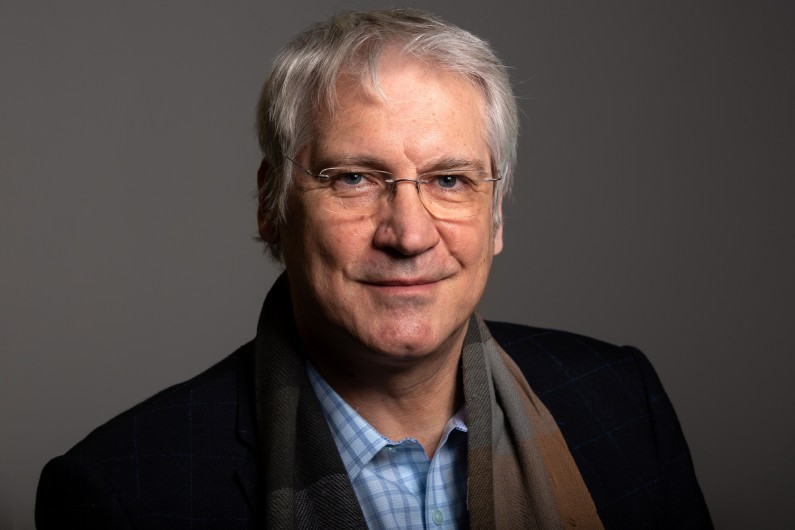Marcel Filoche awarded for his work on localization of waves


Waves, whether they are travelling across the surface of the water or sound waves that reach our ears, generally have the property of propagating and filling all the space available to them. However, under certain circumstances a phenomenon called localisation occurs, in which a standing wave becomes trapped in a very small region of space.
This occurs when the geometry is complex or when there is a strong structural disorder in the system under study. These disordered systems or systems with complex geometry are at the heart of the work of Marcel Filoche, CNRS research director at the Laboratory of Condensed Matter for Physics (PMC*) at the Ecole Polytechnique. He has just been awarded the Mme Claude Berthault prize.
Trained at Ecole Polytechnique, this theoretical physicist and specialist in numerical modelling began his career studying semiconductors for optoelectronic devices at France Telecom research centre. When he arrived at the PMC laboratory, he studied the human airways in order to understand how gases and fluids circulate in the lungs, whose geometry is complex. In parallel, he has been studying the phenomenon of localization since the early 2000s, in particular in collaboration with Bernard Sapoval who had initiated experiments on the localization of acoustic waves.
The localization of waves is a phenomenon that has been known for a long time. As early as 1958, the physicist Philip Anderson showed that disorder causes long distance destructive interference - places where the nodes of one wave overlap the peaks of another, cancelling them both out. This localization affects electrons passing through a material with a disordered structure. Electrons are described as waves in quantum physics, and the Schrödinger equation allows us to calculate the standing wave states they can occupy. If there is localization of these states in a conducting metal alloy, for example, then the electrons remain confined to one place instead of passing through the material. The latter behaves as an insulator. Localization therefore has an important effect on the properties of such a system. Where are the electrons located? With what energy? Until now, these questions have been approached in a probabilistic way, by calculating statistical quantities such as averages.
Together with the mathematician Svitlana Mayboroda, Marcel Filoche discovered the concept of the localization landscape, which allows the problem to be tackled in a radically new way. By solving a simpler equation than Schrödinger's, this mathematical tool makes it possible to predict where the states will be localized and to estimate their energy. "This tool synthesises a very large part of the spatial and spectral information of the system, and allows it to be manipulated in a simple and efficient way," emphasises the researcher, who is one of the leaders of the collaboration on localization of waves financed by the Simons Foundation.
The localization landscape can be used, for example, to calculate the quantum effects in the semiconductors that make up light-emitting diodes (LEDs), in order to understand the current limitations of these lighting systems, which are now effectively replacing traditional light bulbs. "Our method makes it possible to gain a factor of 300 to 1000 on the calculation times for simulating these semiconductor devices, and therefore to understand their operation in realistic sizes while taking into account quantum effects such as confinement, quantum tunnelling or light absorption that occur on the nanometric scale," explains Marcel Filoche. Claude Weisbuch, also a researcher at the PMC laboratory and the University of California in Santa Barbara, is focusing on these aspects in particular in this project on localization of waves.
But this tool also applies to other types of waves and media: cold atoms, perovskites, and even organic molecules such as enzymes. “We have found a conceptual tool that seems to have a power that we did not initially suspect," adds Marcel Filoche. But there is still a lot to understand and to find, both mathematically to rigorously prove the properties of the localization landscape and physically to apply it to new systems. What is very satisfying is that other teams, independently of our project, are starting to use it in cutting-edge research areas, such as 'Many-Body Localization' or quantum graphs.”
> Learn more about the collaboration on localisation of waves
*PMC: a joint research unit CNRS, École Polytechnique - Institut Polytechnique de Paris
 Support l'X
Support l'X